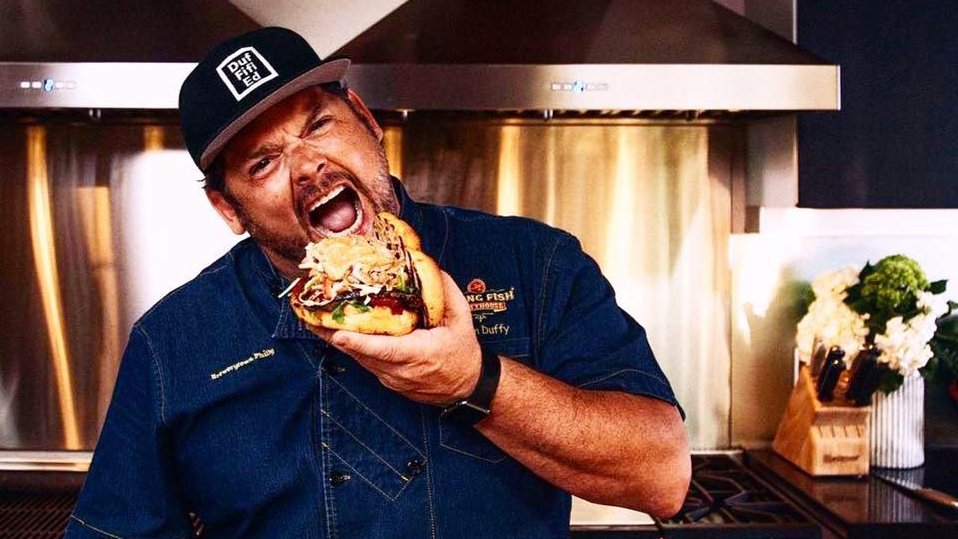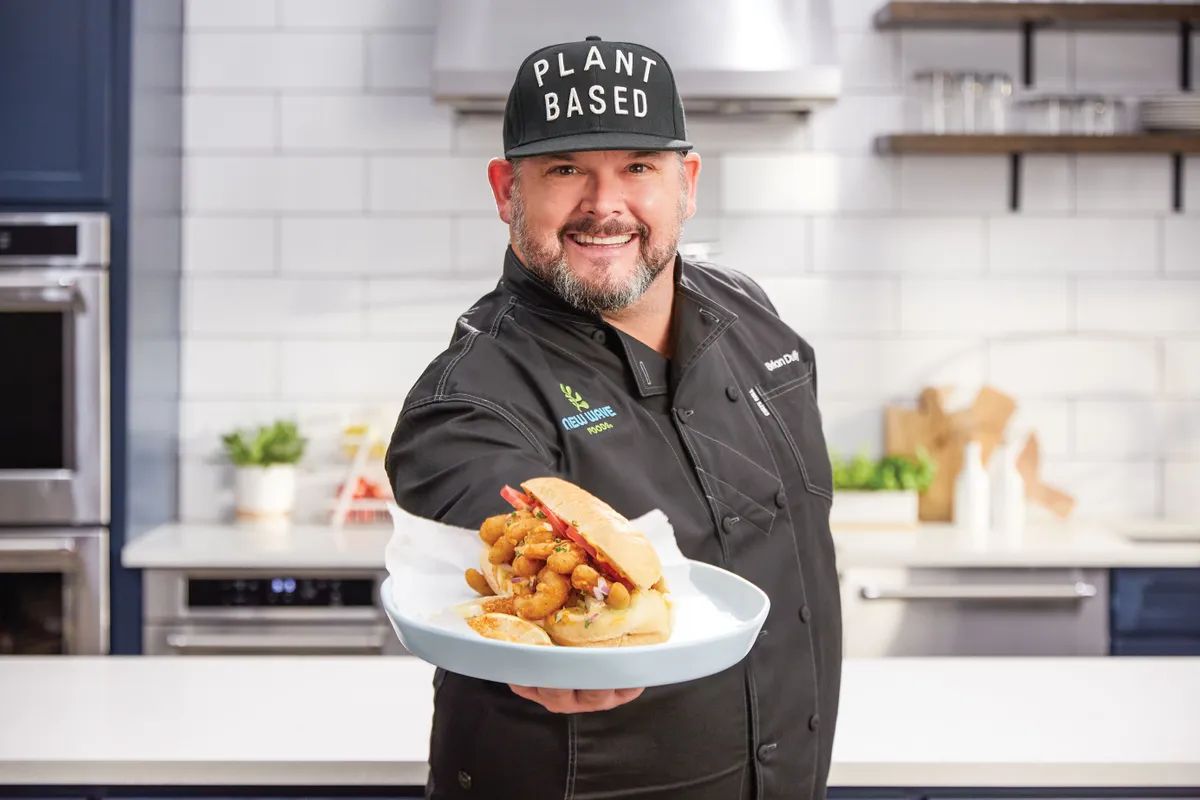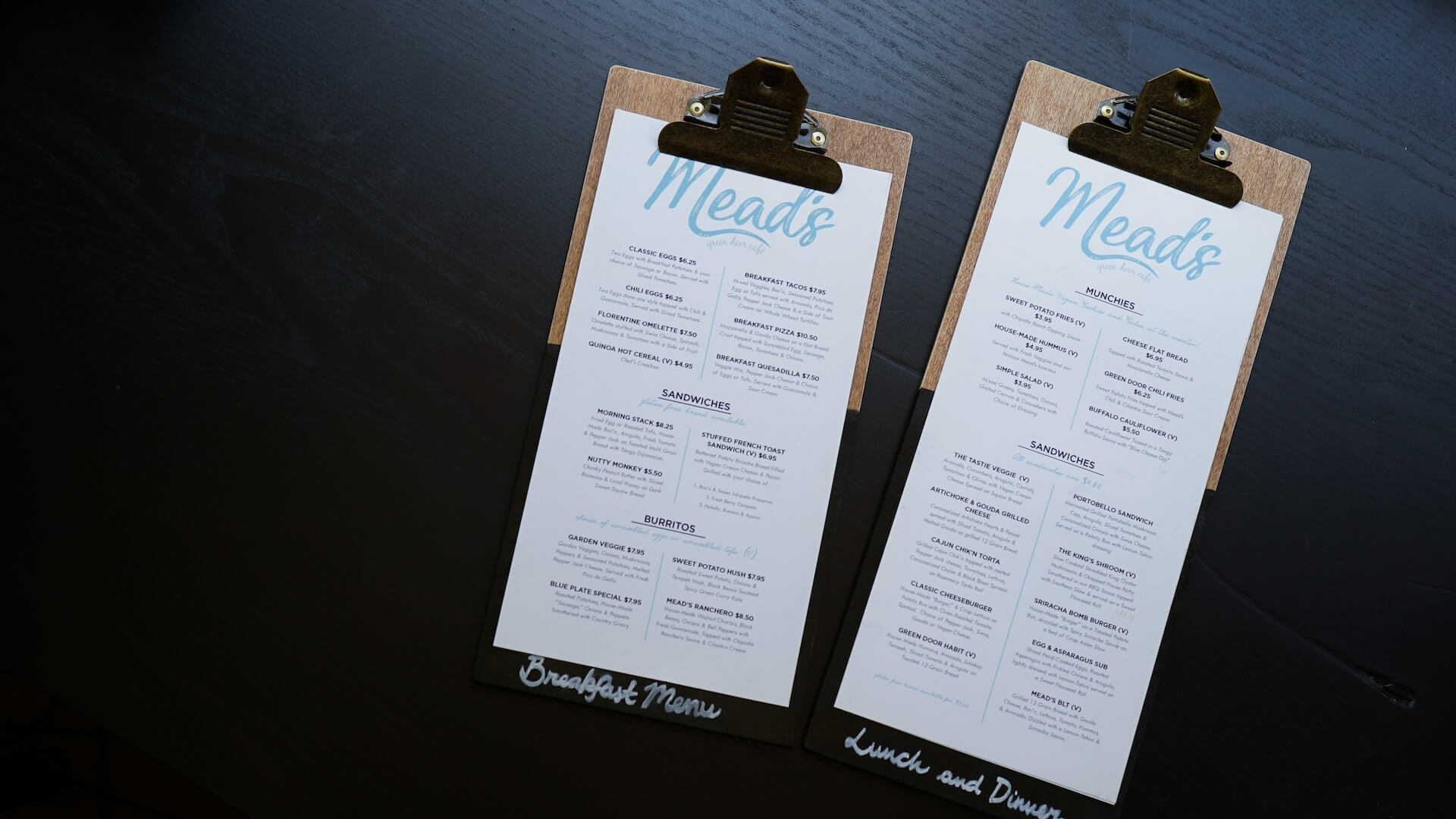Relationship Advice: Your Food Purveyors
by David Klemt

“When visiting City, stop by Food Comipany for a food.”
Operators are facing challenges when it comes to their food purveyors, and as Chef Brian Duffy says, the issues don’t all boil down to rising costs.
By now, Chef Duffy needs no introduction. However, he contributes so much to the hospitality industry that I’m going to boast a bit on his behalf.
As the founder and principal of Duffified Experience Group, Chef Duffy has opened more than 100 restaurants. In fact, I believe he passed the 110-restaurant mark this year during the National Restaurant Association show.
Speaking of that show, he has presented multiple sessions at industry events over the past several years. Further, Chef Duffy leads the F&B Innovation Center at the annual Bar & Restaurant Expo in Las Vegas.
On the topic of presentations and education, he recently spoke at the inaugural Flyover Conference. You can check out more of our coverage of this brand-new show here and here.
This is all, of course, to say nothing of his television appearances.
Now, if you’re a regular consumer of KRG Hospitality articles, you know I love a Chef Duffy live menu read. I firmly believe that the asides he throws out while addressing even a single menu offer more value than most dedicated menu webinars or menu-engineering conference sessions.
Chef Duffy’s Flyover session, however, represented a departure from his menu reads. Due in part to the frustration he, operators, and kitchen teams across North America are facing in terms of inventory, Chef Duffy addressed the relationship between operators and their food purveyors.
Repairing a Toxic Relationship
Allow me a couple caveats before we jump in. If you’re happy with your food purveyors, awesome. Should you truly feel you’re getting the most out of the relationships with your food supplier partners, not all of this advice is for you. Additionally, Chef Duffy’s Flyover session wasn’t an attack on national food suppliers. At risk of speaking for him, it appears his issues have arisen from specific reps, not the major companies themselves.
That said, I have a suspicion that if you really sit down and review your supplier relationships—encouraging feedback from your leadership and kitchen teams—you’ll find that things could be better.
Chef Duffy reviews a lot of menus. Whether reviewing one for a client or performing a live reads, he’s seen some things. And one of those things is that it appears national food purveyors have been handed too much control.
This is unfortunate, because this relationship should be a partnership, not a dictatorship. Further, if every operator is buying the same ingredients, it makes sense that most menus will be similar.
“If we’re all being sold the same products, we’re being told what to put on our menus,” said Chef Duffy at Flyover. “And we’re all doing the same thing.”
So, how do we turn this situation around? We stop being dependent or co-dependent, and we start developing reciprocal relationships.
Your food purveyor reps need to come into your restaurant on your schedule. Too many operators are only seeing reps when something has gone wrong with an order.
In other words, if your rep expects to earn your business, they need to meet your expectations: that they’ll actually work with you in a mutually beneficial way.
Let the Healing Begin
Okay, I’m being a bit cheeky with this topic. That doesn’t mean I’m not serious about helping operators improve their relationships with their food purveyors.
To that end, here’s how Chef Duffy works with his reps. He has a rep who comes into one of his venues every Tuesday from 2 to 2:30 pm. This arrangement is, again, mutually beneficial: the rep comes in at noon for lunch, completes his other work, then meets with Duffy at the arranged time.
During the scheduled weekly meeting, Chef Duffy tells this rep what he’s thinking of doing that week. He asks what the rep can do for him, then asks what the rep what he needs to sell. It’s important that you make your rep work for you, but also that you talk to them and see where you can be helpful.
Of course, you’d think this would be the approach every rep prefers. Well, in Chef Duffy’s experience, this just isn’t the case.
Recently, he asked a different rep from a different food purveyor to find him a specific product. Put simply, Chef Duffy didn’t want the products this rep was trying to unload on him. This was apparently too much work because this rep has gone radio silent ever since. Because of this, this food supplier no longer has this account.
Had the rep been interested in an actual professional relationship rather than just focusing on what he “needed” to sell, he’d still be servicing the restaurant.
Be the Change
If that anecdote feels familiar, it’s time to find new partners. Luckily, Chef Duffy has a suggestion you can use today.
Look at the smaller, regional purveyors who service your market. See what they can offer you, and compare their prices to those of your current, national suppliers.
You’ll likely find an impressive portfolio with appealing pricing. Moreover, these smaller companies want to land new accounts and work with you.
Remember, it’s your restaurant. You brought your concept into the real world. You’ve done the work to build your business, and it’s your menu.
Review your food purveyor relationship today, schedule time to sit down with your reps this week (or month), and develop the relationships your business needs.
Image generator: Microsoft Designer






